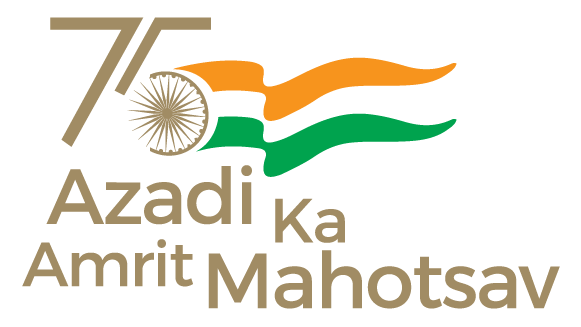
Hon'ble PMs Interaction with Beneficiaries of various schemes of GoI - Connect through VC1/53854/2022No. 7-92/3/2022-Coord/O&M (PL)Government of India Ministry of CommunicationsDepartment of PostsDak Bhawan, Sansad MargNew Delhi-110001 Dated 2 May, 2022ToAll CPMSGSubject: Hon'ble PM's Interaction with Beneficiaries of various Schemes Programmes of Government of India - Instructions to connect through VC - reg.Sir/Madam,Hon'ble...
Read More ->>















 →
→











